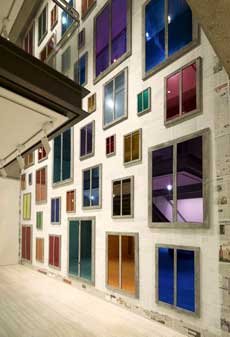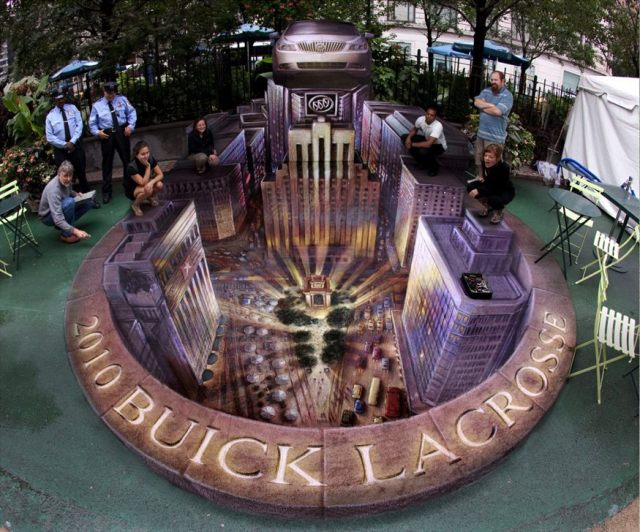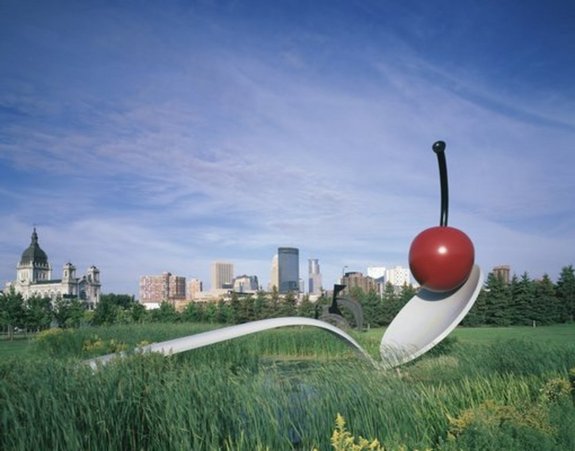
Artist: Abdur Rahmanmamun
Title of Work: Unknown – in “Rangamati Tour”
Year Produced: Unkown
Medium: Photography
Source: http://bdfoto.net/portfolio-3

Artist: Donte
Title of Work: Unkown
Year Produced: Unkown
Medium: Photography
Source: http://photosbydonte.com/Balance
The idea of the balance of imbalance is basically that you can achieve balance in a piece even if the subject matter is imbalanced. Both of these pieces are really good examples of balanced pieces that have an imbalance in subject matter. In the top, the coffee bean sits on the right of the piece, causing that side to be heavier than the other, but the fact that the other side is very plain, and that there is more of it, with no competing images, somehow brings a balance to it. The bottom image is very similar, the flowers act as a heaviness on the right side, while the larger space on the left, being much brighter than that on the right, brings about a balance.














